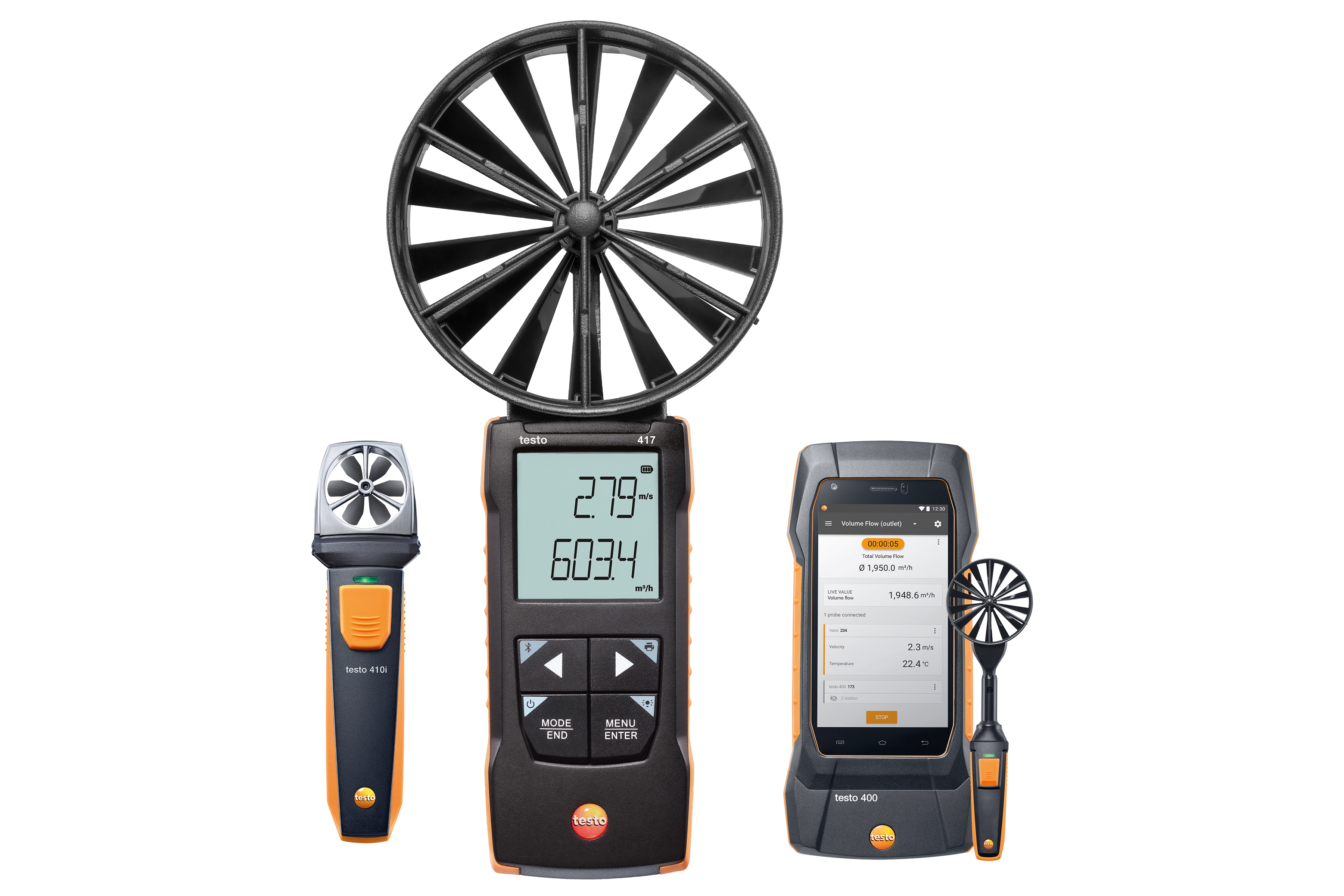The Duty of an Anemometer in Improving Safety for Outdoor Activities
The Duty of an Anemometer in Improving Safety for Outdoor Activities
Blog Article
All You Need to Understand About Anemometers: Just How They Work, Why They Issue, and Where to Use Them
Anemometers, though usually neglected in the world of clinical instruments, play a vital function in different fields, supplying valuable insights right into wind rate and air flow patterns. Recognizing the mechanics behind these gadgets is important for any person looking for to harness the power of this data. From meteorologists tracking weather condition patterns to designers making frameworks with wind tons in mind, the applications of anemometers are varied and far-reaching. As we look into the ins and outs of anemometer modern technology, we will discover the inner functions of these gadgets, their value, and the vital considerations when picking the right anemometer for particular applications.

Anemometer Basics
A vital instrument made use of to measure wind rate and instructions, the anemometer plays an important function in meteorology and numerous industries. An anemometer typically is composed of three or four mugs that turn in the wind, a vane that points into the wind, and sensing units to track the rotations or movements.
There are different types of anemometers available, including cup anemometers, vane anemometers, hot-wire anemometers, and sonic anemometers, each with its unique attributes and applications. Mug anemometers are commonly made use of for fundamental wind rate dimensions, while vane anemometers are chosen for directional measurements.
Concepts of Anemometer Procedure
Structure on the fundamental understanding of anemometer basics, the principles of anemometer operation clarify the technicians behind wind speed and direction dimensions. Anemometers operate on the principle of air flow affecting a sensing unit, creating it to rotate. Mug anemometers, as an example, have 3 or even more cups that capture the wind, causing them to spin much faster as the wind rate rises. The turning speed is after that transformed right into a wind speed dimension. Vane anemometers, on the other hand, make use of a tail or a probe that straightens itself with the wind direction, supplying a dimension of wind instructions based upon the alignment of the sensor. Hot-wire anemometers rely upon a heated cord that cools as wind overlooks it, with the rate of cooling establishing the wind speed. Ultrasonic anemometers step wind speed and direction by examining the time it takes for ultrasonic signals to travel between transducers. Comprehending these principles is crucial for trusted and accurate wind dimensions in numerous applications.
Relevance of Anemometers
Anemometers play a critical duty in measuring wind speed and instructions, offering crucial data for weather projecting, climate research studies, ecological tracking, and air travel operations. Meteorologists count on anemometers to gather accurate wind information, helping them recognize weather condition patterns, forecast tornados, and concern prompt cautions to the public. Wind ranch drivers make use of anemometers to assess wind problems and make best use of electricity manufacturing from wind generators.
Applications Across Various Industries
Applications of anemometers span throughout diverse industries, showcasing their versatility and energy past meteorology. In the renewable resource field, anemometers play a vital role in analyzing wind conditions for wind farm positionings, making certain ideal power production. Industries like building and construction and mining use anemometers to monitor wind rates, critical for safety procedures, specifically when functioning at elevations or in open-pit mines where strong winds can position dangers. Anemometers are additionally essential in the aeronautics industry, assisting pilots in understanding read the full info here airspeed and wind direction for risk-free take-offs and touchdowns. The maritime market advantages from anemometers for ship navigating, assisting seafarers anticipate weather changes and change courses accordingly. In farming, anemometers aid farmers in taking care of plant splashing by supplying real-time data on wind rate to avoid drift. Anemometers locate applications in HVAC systems to enhance airflow and boost energy effectiveness in buildings. The diverse usage situations of anemometers underscore their value across various sectors, highlighting their vital duty in enhancing operational safety and security and efficiency (anemometer).

Picking the Right Anemometer for Your Requirements
Selecting the ideal anemometer tailored to your details needs is essential for obtaining exact wind speed and direction measurements. When choosing an anemometer, think about aspects such as the intended application, required measurement array, ecological problems, and desired attributes. For general functions, a mug anemometer is suitable for measuring wind speed, while a vane anemometer provides wind instructions data. Hot-wire anemometers are optimal for low airspeed dimensions, and ultrasonic anemometers offer high precision and durability.

Final Thought
Finally, anemometers play a critical function in gauging wind speed and direction across different industries. Understanding the principles of anemometer procedure is crucial for choosing the appropriate tool for certain demands. From meteorology to aeronautics, anemometers are vital devices for guaranteeing and gathering precise information safety in various link applications. When selecting the most ideal gadget for measuring wind conditions., it is crucial to consider the importance of anemometers in order to make educated choices.
There are numerous types of anemometers available, including mug anemometers, vane anemometers, hot-wire anemometers, and sonic anemometers, each with its distinct attributes and applications. Cup anemometers are generally used for fundamental wind rate dimensions, while vane anemometers are liked for directional dimensions. Hot-wire anemometers are appropriate for low airspeeds, and sonic anemometers are ideal for high-precision dimensions in study and commercial setups.Building on the fundamental understanding of anemometer fundamentals, the principles of anemometer operation illuminate the auto mechanics behind wind rate and instructions dimensions. For general functions, a cup anemometer is ideal for measuring wind speed, check that while a vane anemometer supplies wind direction information.
Report this page